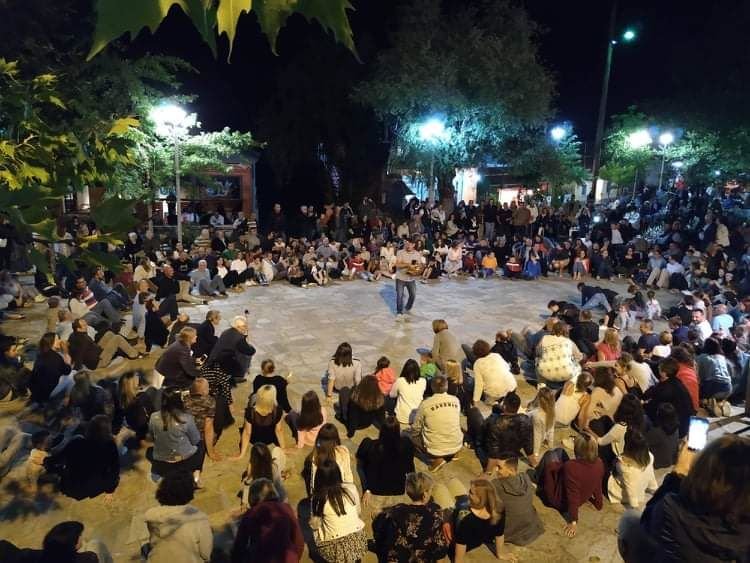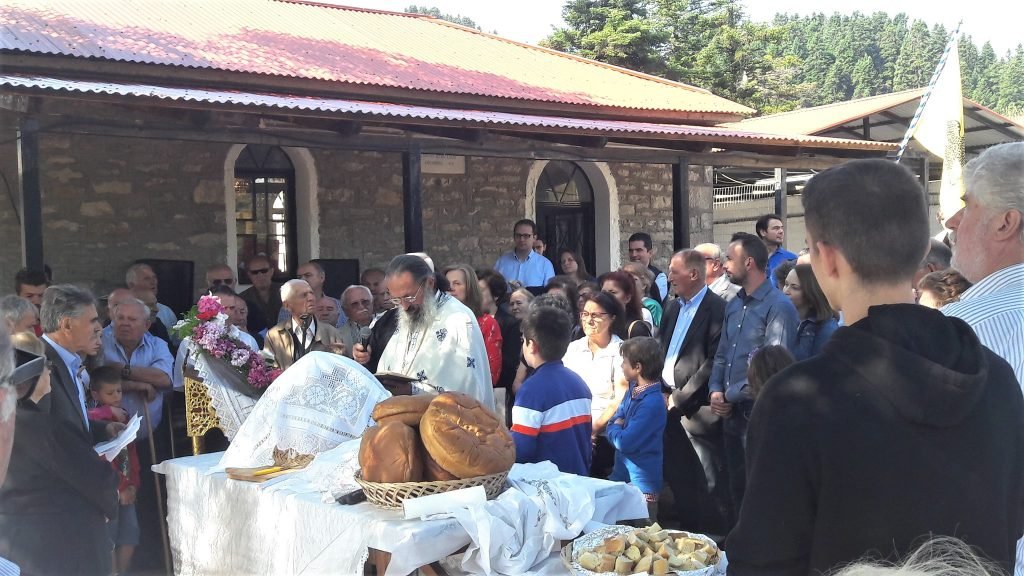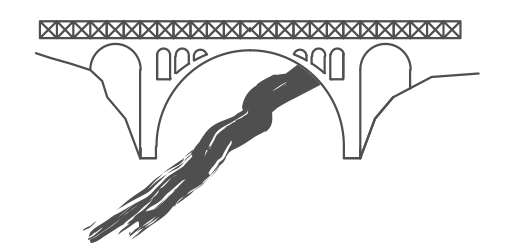Mesochora, especially in the summer months, is a village with lively social life and many events. The gathering of people is greater on the fifteenth of August, during the three-day festival.



On the day of August 15, in the morning, a solemn divine liturgy with Artoklasia is held in the Holy Church of the Assumption of the Virgin, the largest church in the village. For three nights, a traditional festival takes place in the village square, in the presence of a live orchestra, culminating in the final dance on the last night, known as Piperi. Various cultural and sports events are also held during these days, such as “river parties” on the banks of Acheloos, film screenings, musical and literary evenings, puppet shows, photography exhibitions, folk art and a football tournament between the neighboring villages that lasts two weeks.
On July 20th, the Prophet Elias, our beloved “Ai-Lias”, is celebrated in the settlement of Spitia. The celebration starts the night before, with cooking of traditional dishes and a festival accompanied by live music in the area outside the chapel, and continues in the morning, after the end of the divine liturgy.
The other three churches of the village of Agia Triada, Ai Giannis and the Twelve Apostles celebrate the Holy Spirit, on June 24 and June 30 respectively with the divine liturgy and Artoklasia.
The organizers of the above events are the Local Community of Mesochora, the Mesochora Cultural Association of Trikala, the Mesochora Association of Athens and other organizations or groups in solidarity with the Association of flood-damaged home owners. Many events have also been organized by private initiatives.
In Mesochora, five restaurants, a grocery store and a kiosk (“Periptero”) operate all year round, while a bar is open during the summer months. The square and the adjacent cafes-taverns are the points of social gatherings, entertainment and cultural events.
During the invasion of the Germans, the locals buried and preserved in an excellent condition several types of traditional utensils and crafts (hand-made crafts, hand-made wood carvings, furniture, bronze and other utensils) that adorned the houses 100 years ago. Such crafts and utensils highlight the aesthetic, cultural and economic flourishing of the place. People still use these items to decorate their houses nowadays.



